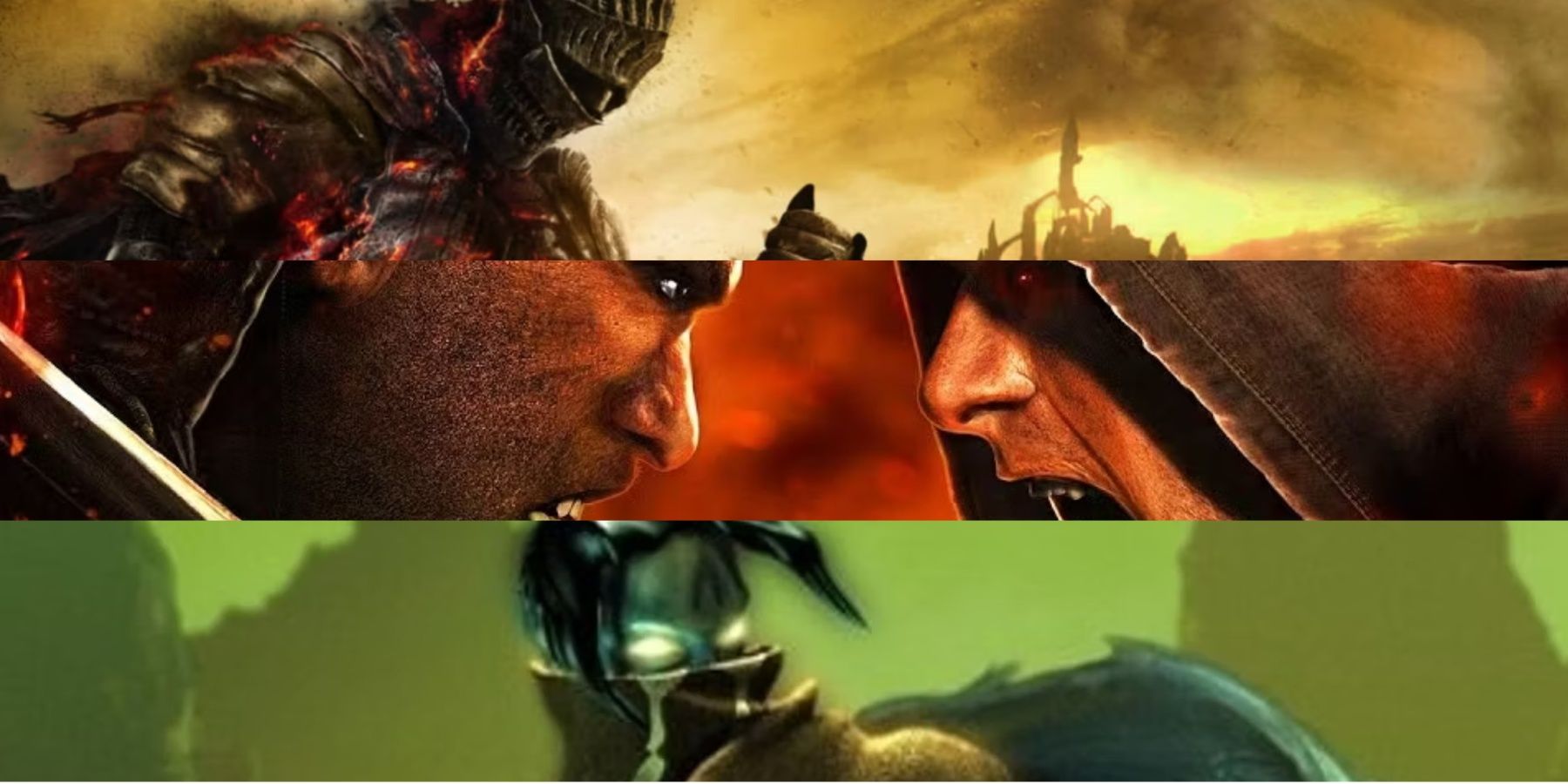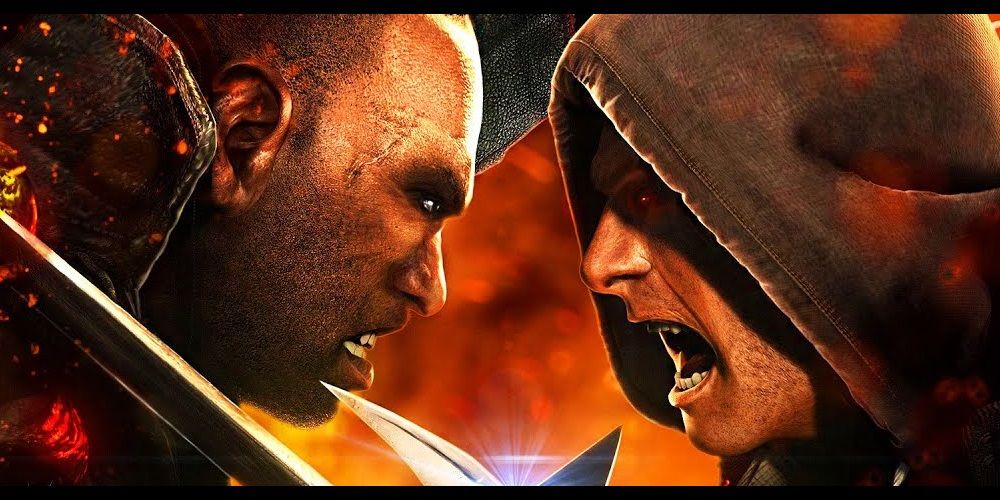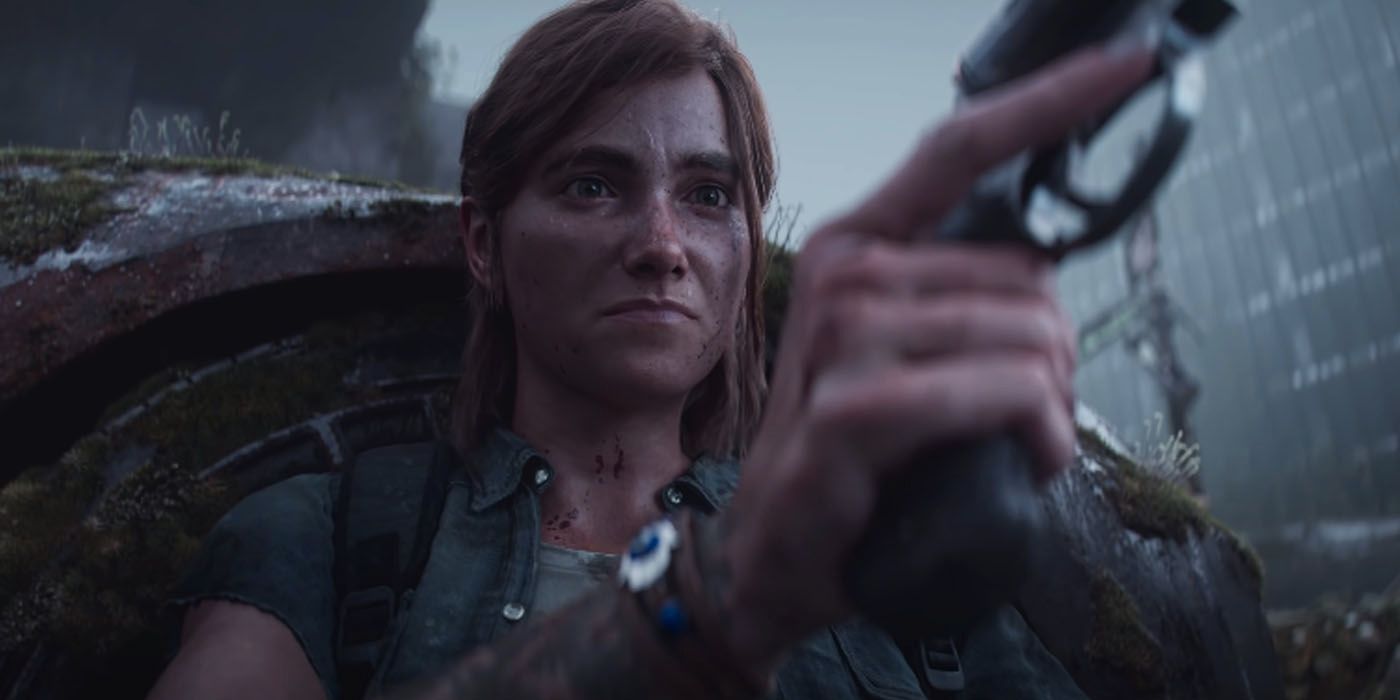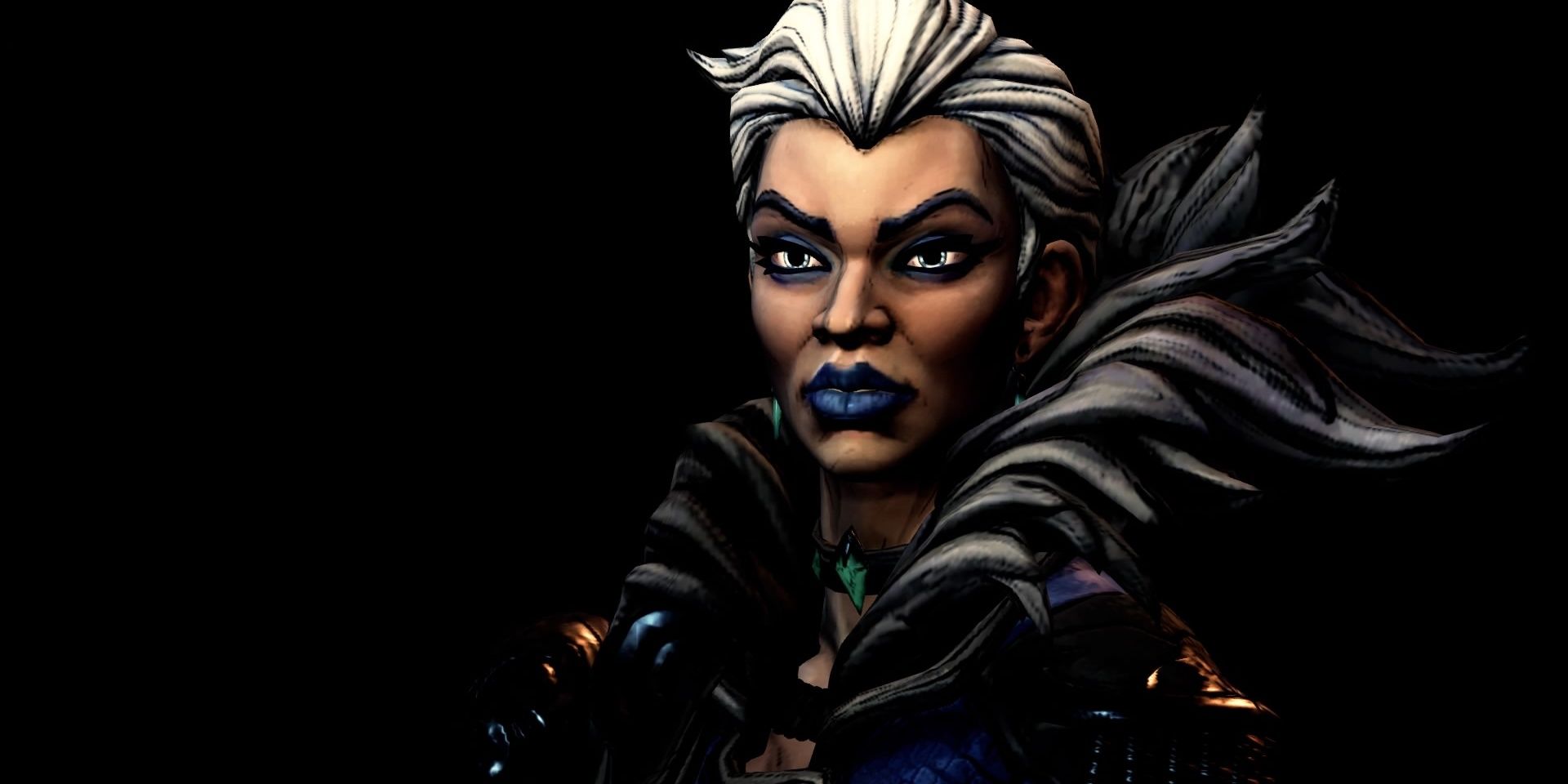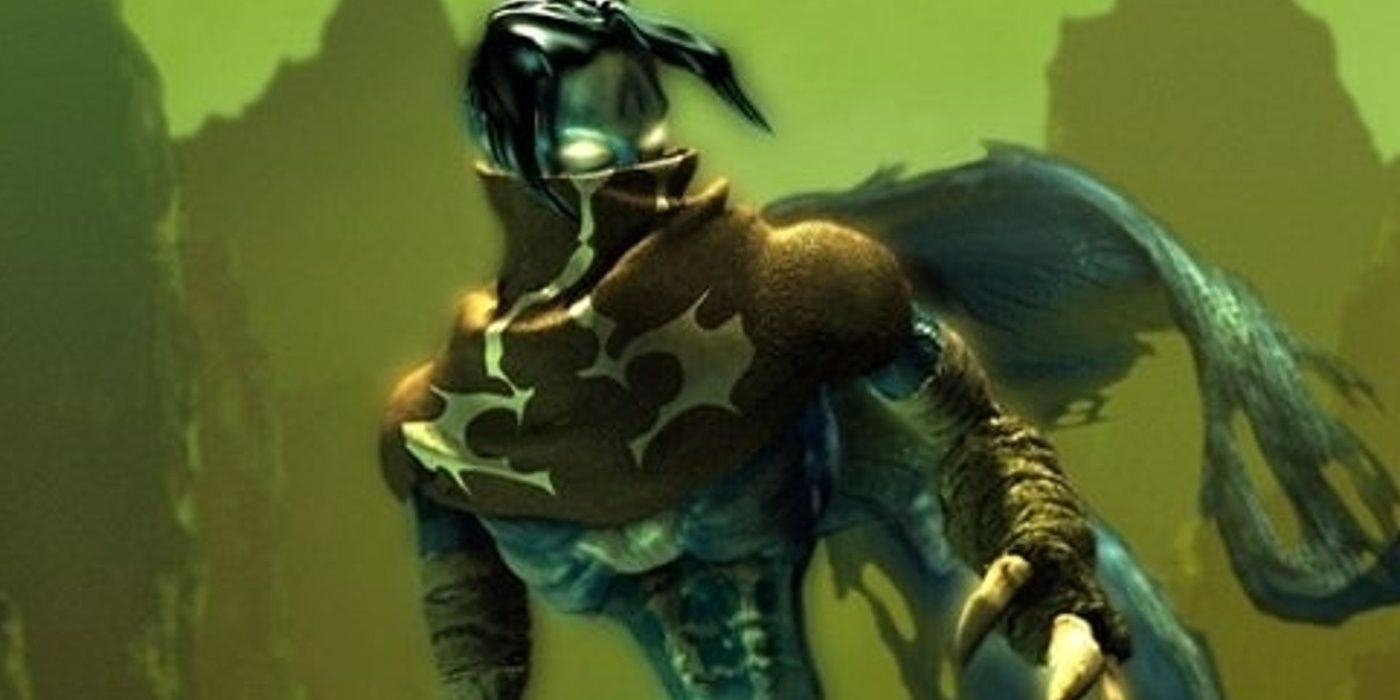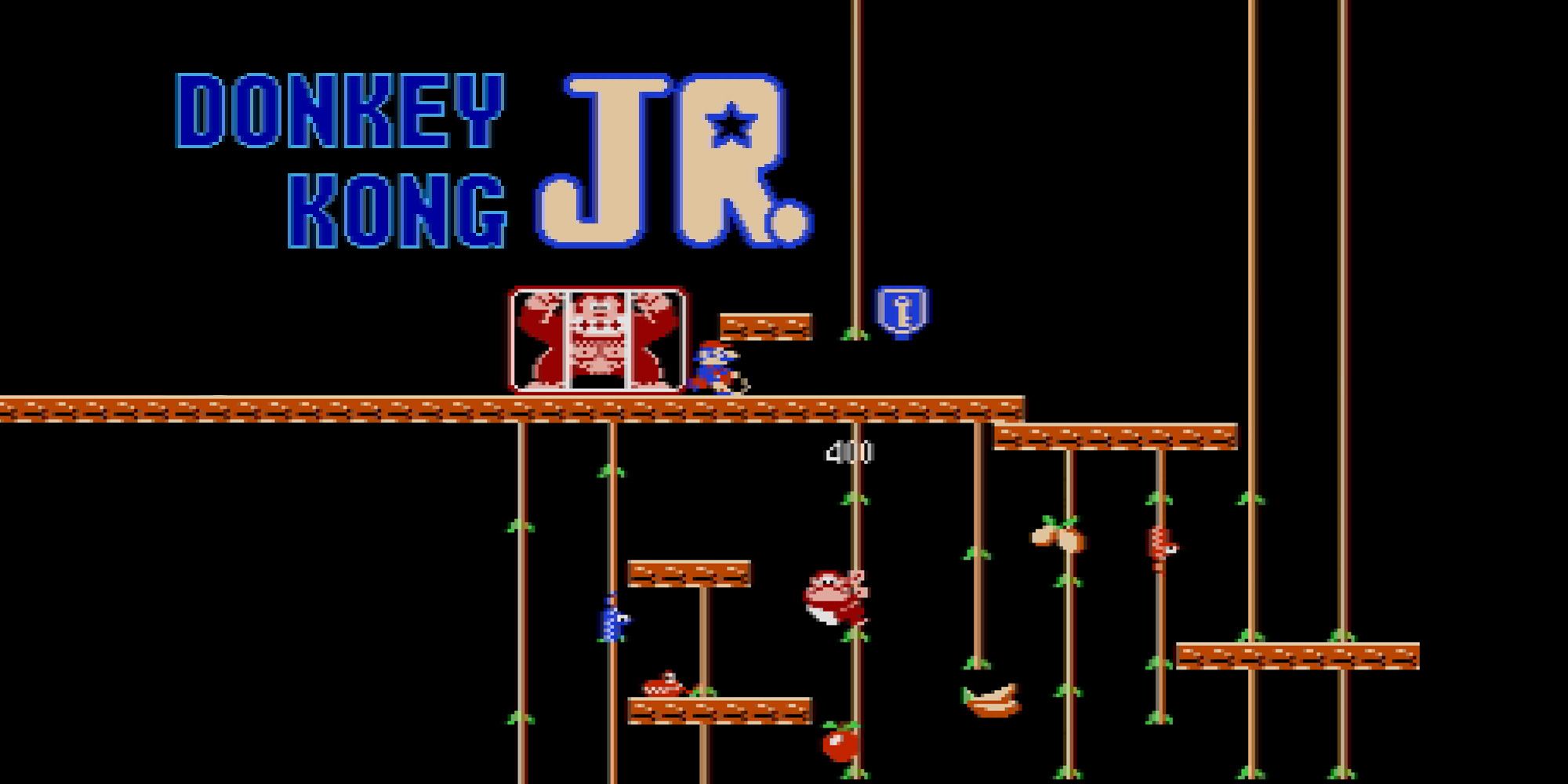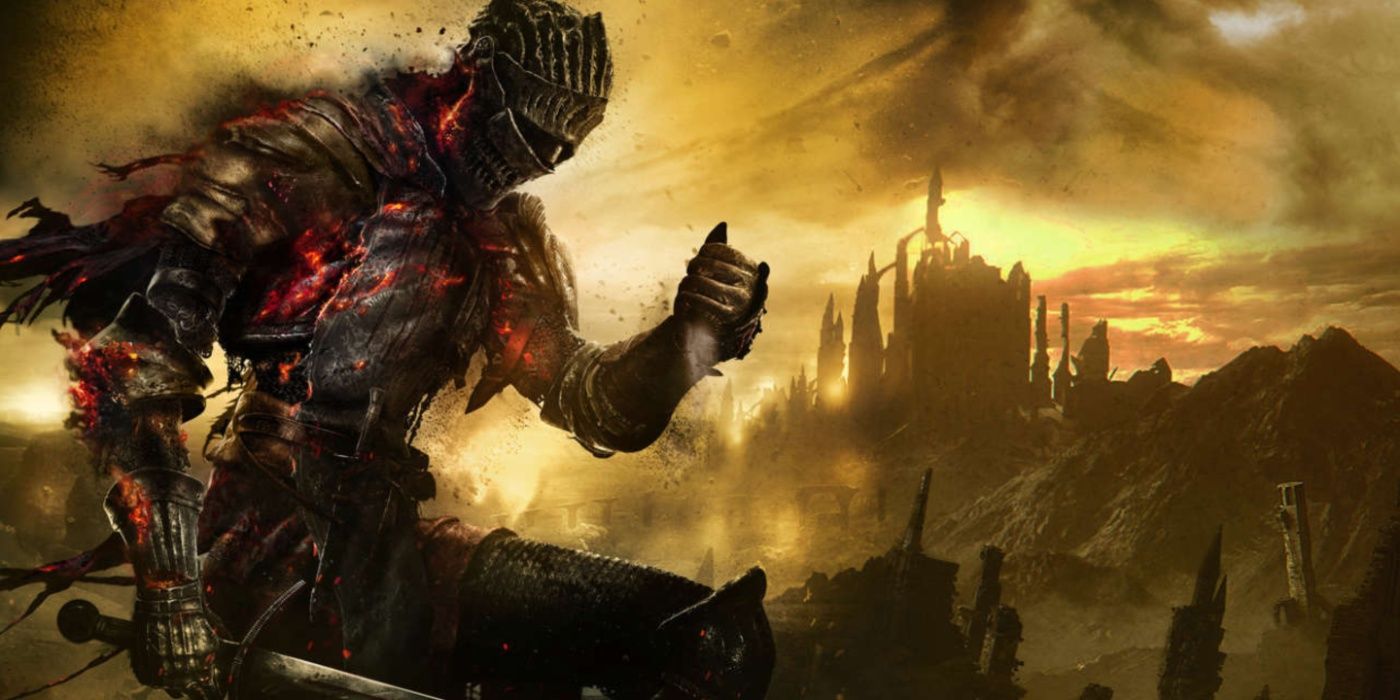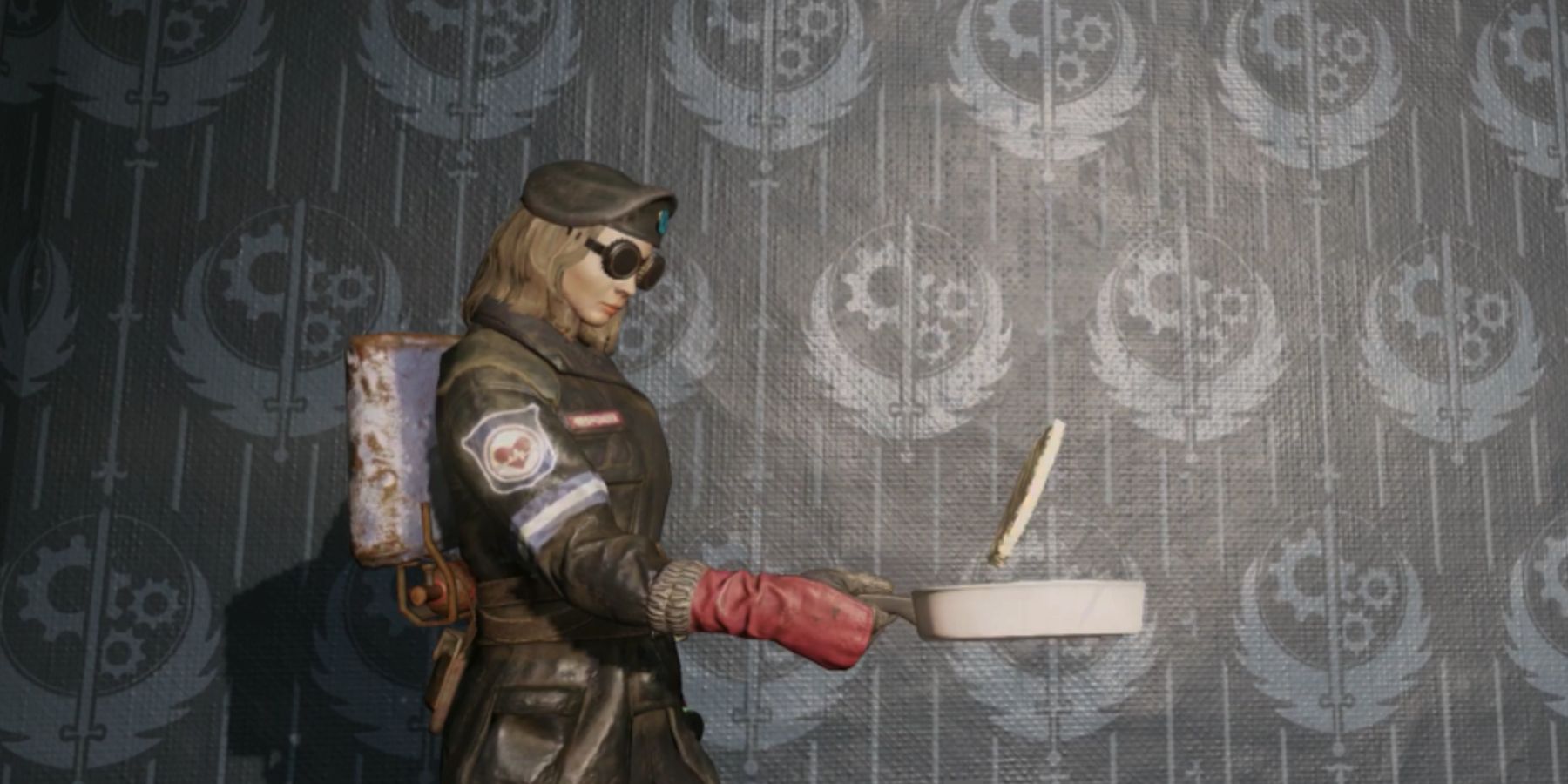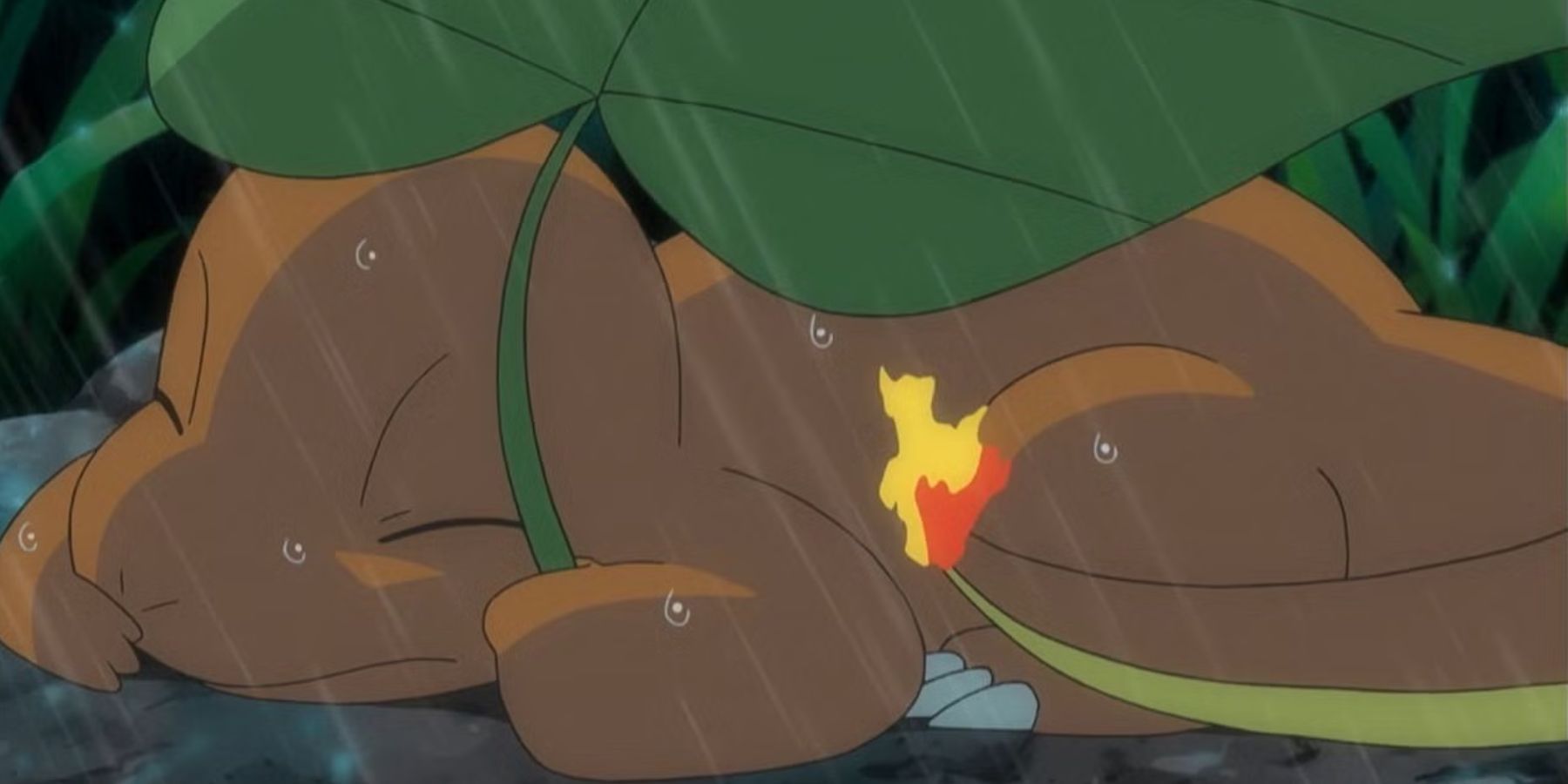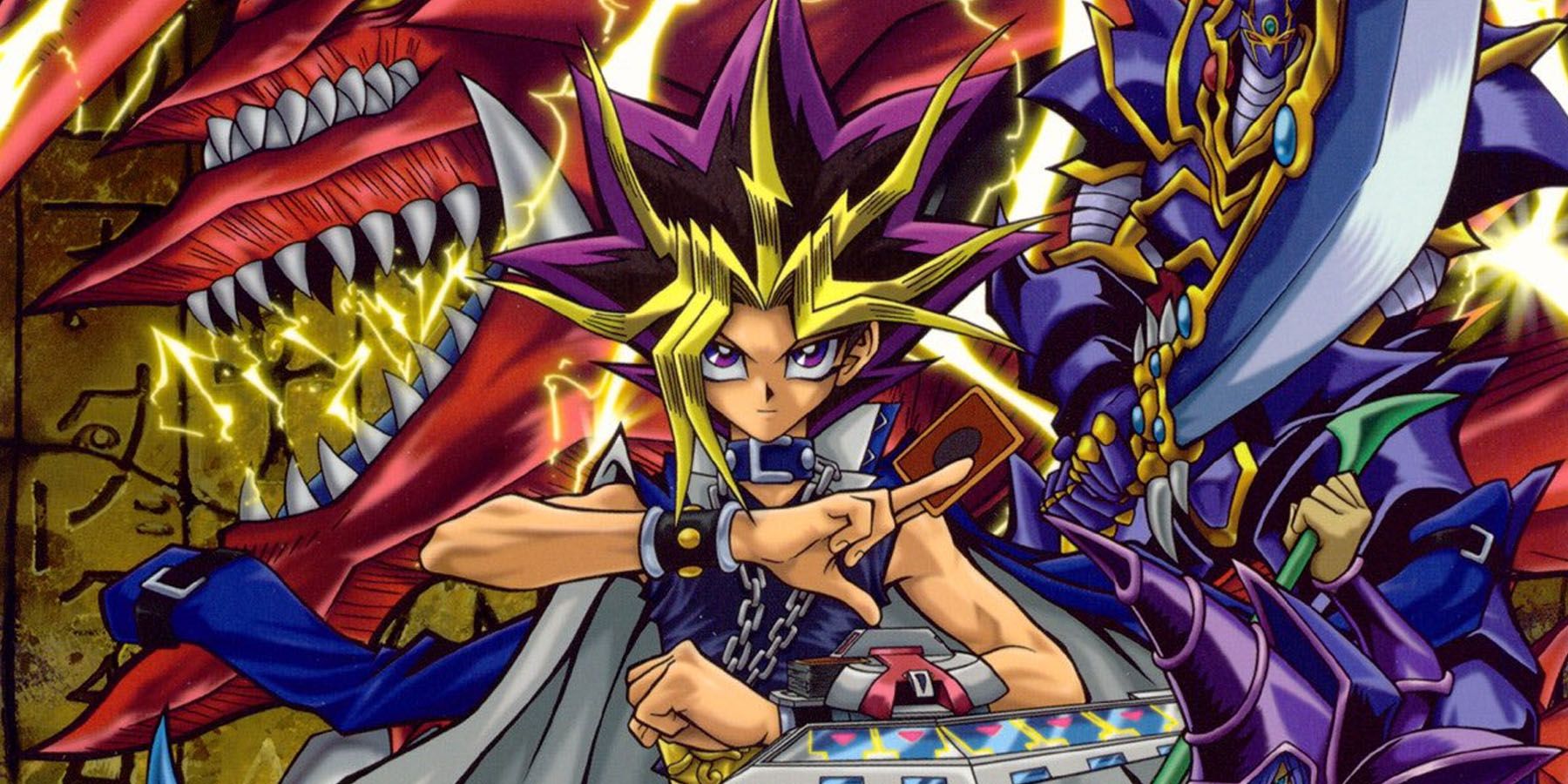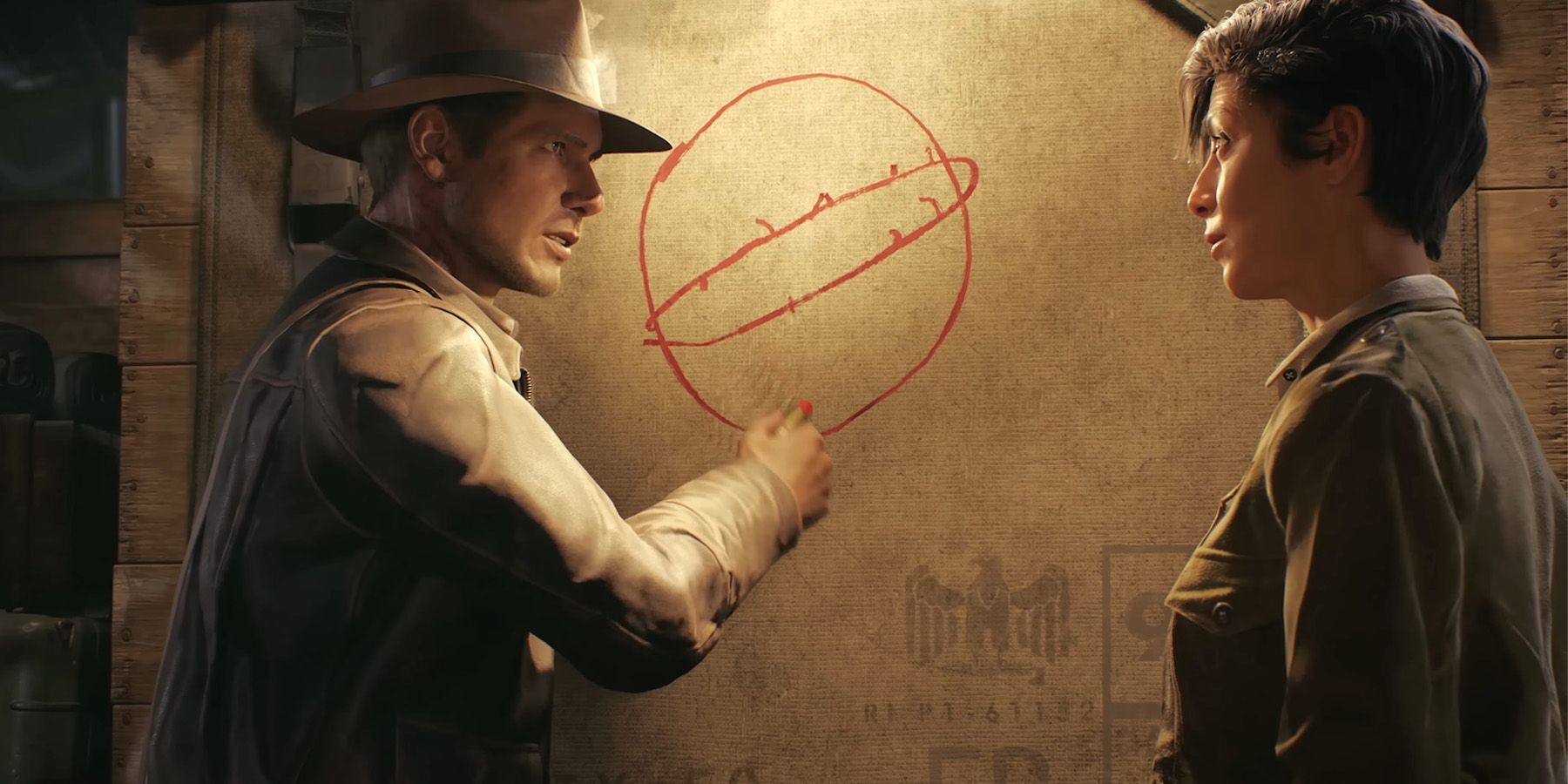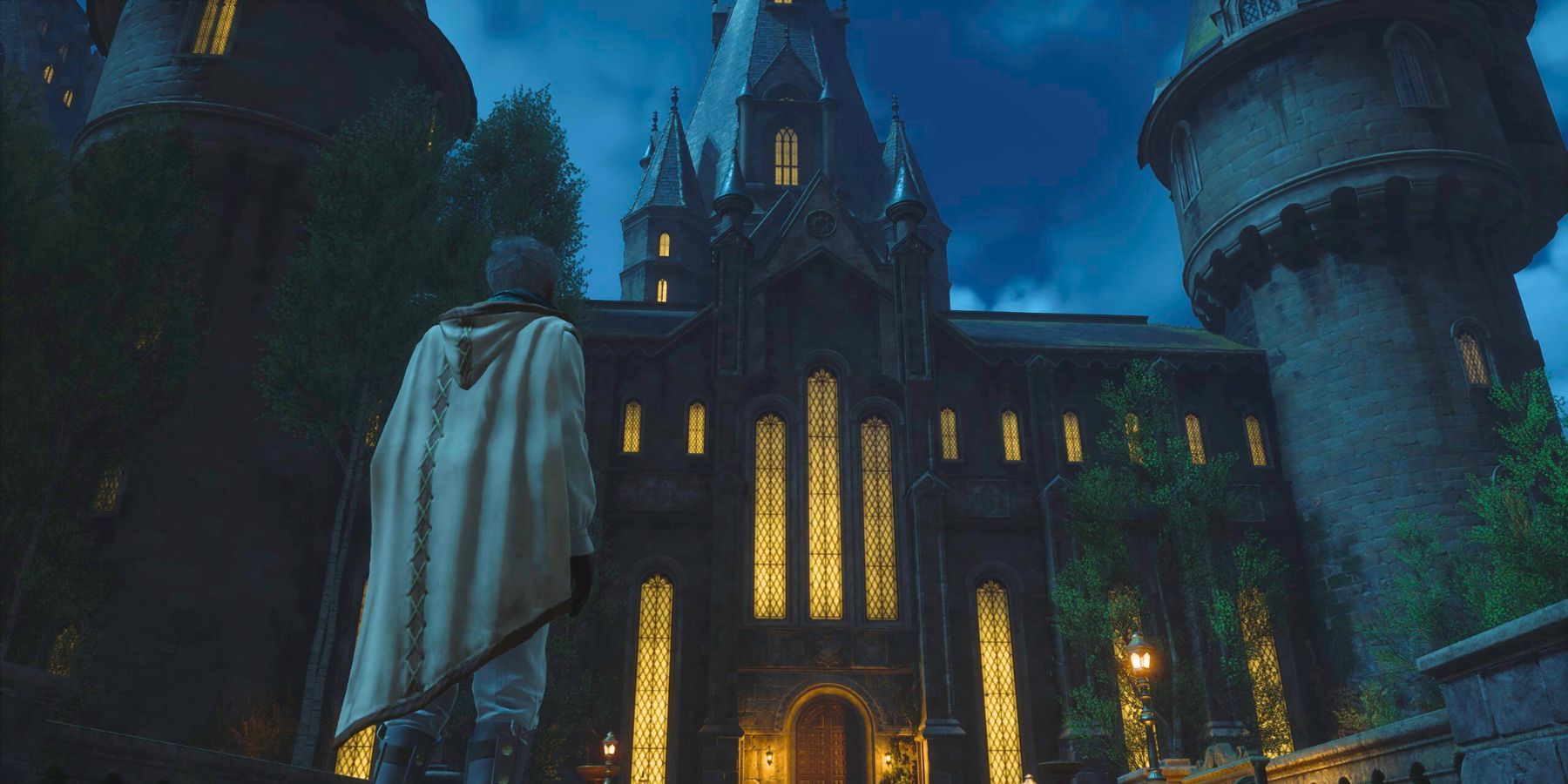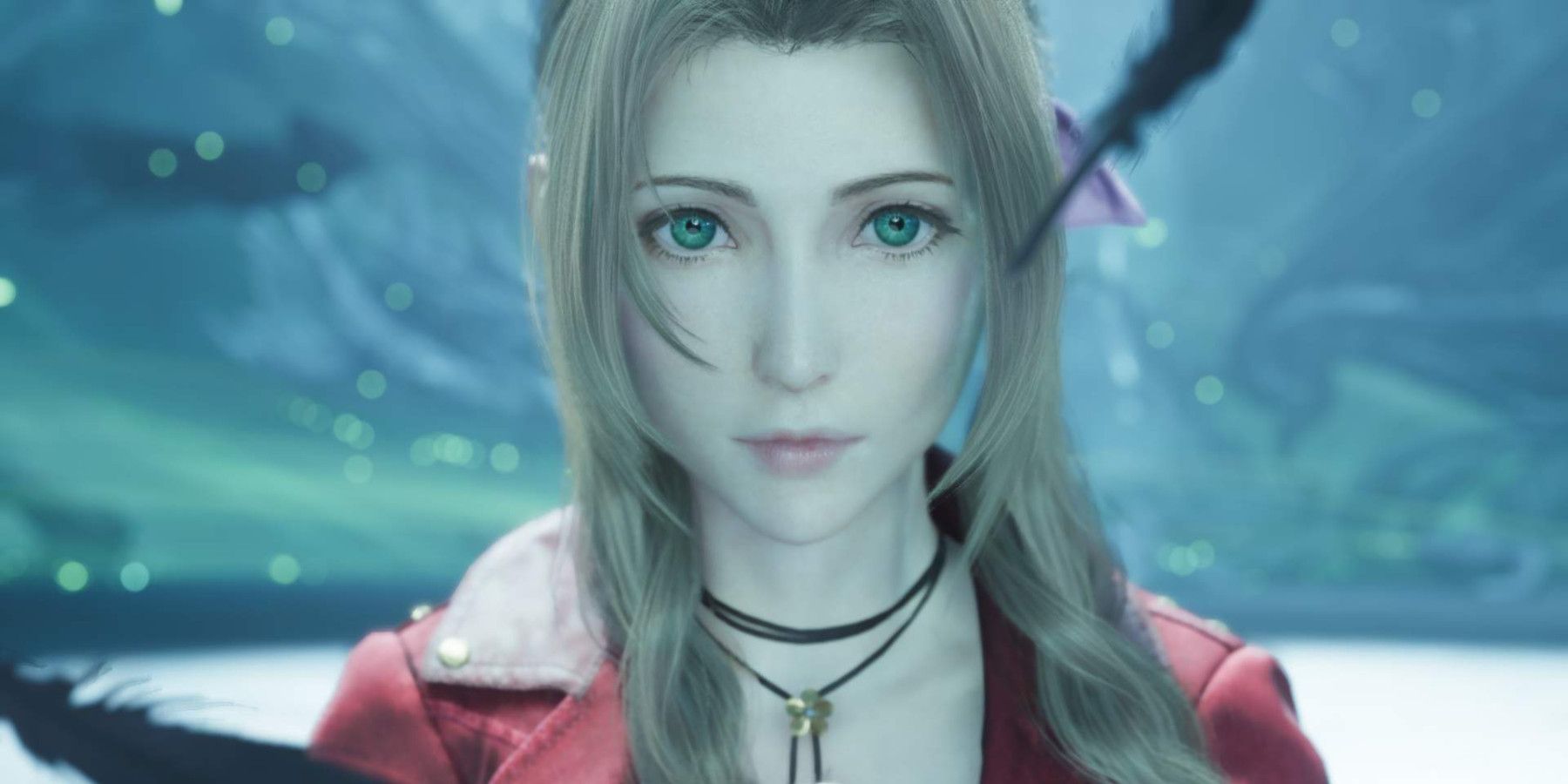Highlights
- Heroics can backfire: Well-intentioned actions can lead to unexpected consequences in video game narratives.
- Change in perspective: Players may see past heroes become villains as sequels unfold, challenging perceptions.
- Moral ambiguity: Games like
The Last of Us
showcase the thin line between heroes and villains, blurring distinctions.
The concept of a “hero” in storytelling tends to go hand-in-hand with that of a protagonist, the central character. Usually, this is someone the audience is expected to root for, or at least sympathize with. Usually, the audience wants to see the hero come out on top. The concept of a “villain”, on the other hand, with a handful of exceptions, is usually interchangeable with that of an antagonist. That is, their job is to oppose the hero by creating obstacles that need to be overcome. Many video games thrive on the clash between heroes and villains. Having solid chemistry between opposing characters can drive a compelling story, but sometimes, things can change in unexpected ways. The fact is, even the most well-intentioned heroes can’t achieve their goals without making a few enemies, and the price of heroism can be high. Sometimes dangerously so.
Related
Games With Inclusive LGBTQ+ Romance Options
Games have been getting more inclusive with romance options over the years. These titles are some of the best for LGBTQ+ romance.
Sometimes, heroics don’t go as planned. Something that seemed like a good idea might have unexpected consequences. Sometimes the hero lacks important information, or fail to anticipate a crucial detail. Sometimes, a new perspective can reveal their actions didn’t do quite as much good as they initially seemed to. Sometimes, the hero’s struggle just pushes them too far, and changes them for the worse. Whatever the reason might be, a seemingly optimistic ending for one game can turn around in the sequel. As The Dark Knight famously said: “You either die a hero, or live long enough to see yourself become the villain.” When this happens, it can lead to a curious dynamic where the hero of one game becomes a villain in the next.
Spoilers Ahead
6 Alex Mercer (Prototype)
When the Hero Is the Root of the Problem
Prototype
- Released
- June 9, 2009
- Developer(s)
- Radical Entertainment
Prototype centered on Alex Mercer, an amnesiac man who wakes up in the middle of an epidemic and discovers he has superpowers. Over the course of the game, he tries to uncover the mystery surrounding the Blacklight Virus’ origins and his own past. Unfortunately, his efforts to stop the Blacklight disease end up coming back to bite him in the sequel.
This time around, U.S. Marine James Heller discovers that his family has been lost to a resurgence of the virus, a resurgence that was entirely the fault of Alex Mercer. Revenge becomes Heller’s main goal, and the player gets to see how their efforts at doing good in the first game might not have been as successful as they initially appeared. Ironically, this creates a narrative structure where the player is seeking revenge against themselves for their own actions in the previous game.
5 Ellie Williams
When Being the Hero Of One Story Makes You The Villain Of Another
The Last of Us centers around the relationship between protagonists Joel and Ellie as they journey through a post-apocalyptic America. Moral ambiguity, and the way extreme circumstances easily break down the line between heroes and villains, were big themes of the game. So, naturally, the sequel escalated things a bit.
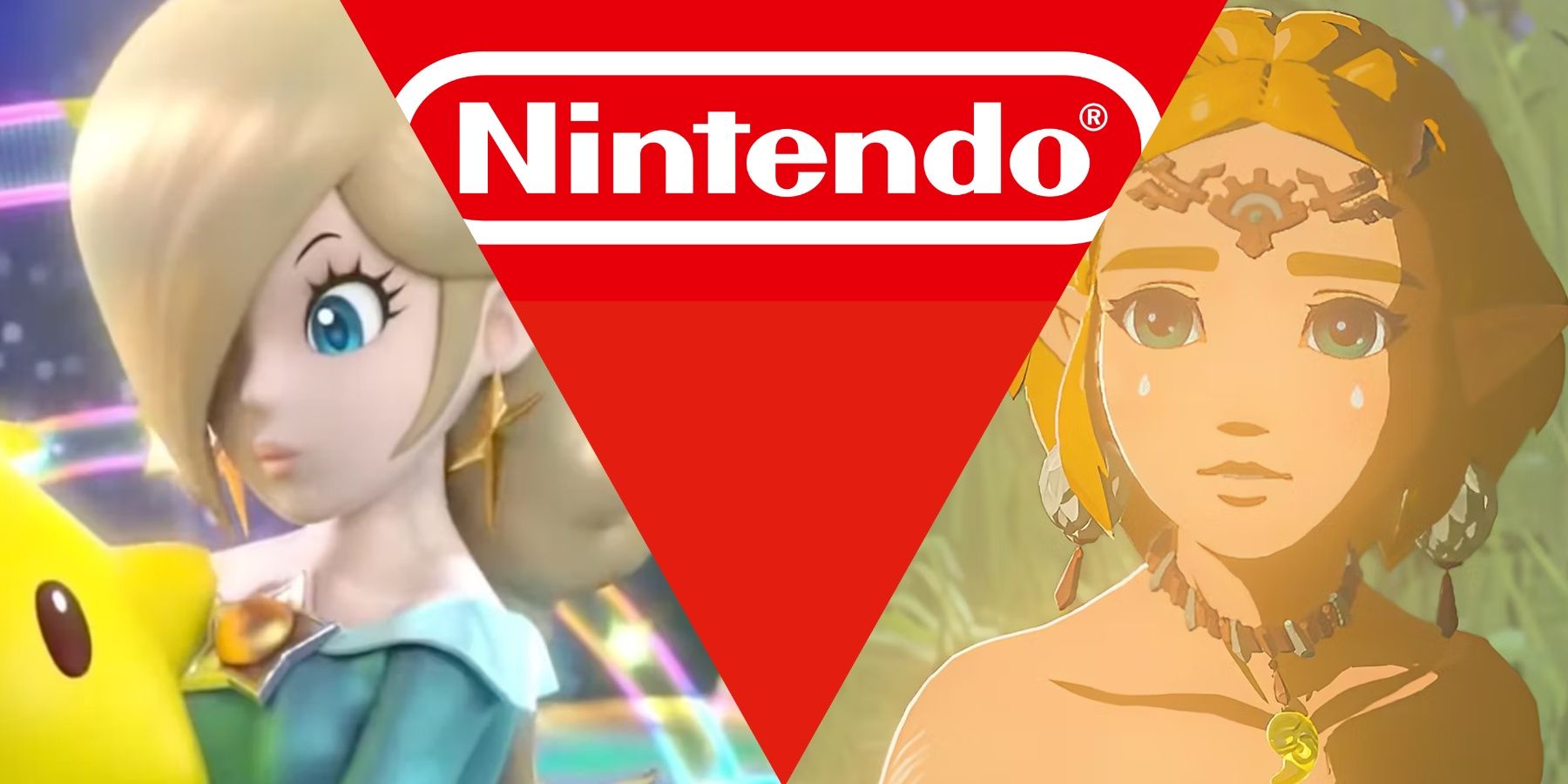
Related
Princess Peach Showtime: 5 Other Nintendo Heroines Who Should Get Their Own Game
If Nintendo gives some of its other female characters starring roles after Princess Peach Showtime, these heroines would be great choices.
The first half concerns a revenge quest where Ellie pursues Abby, another survivor who is responsible for killing Joel. That is until about halfway in, when the perspective gets flipped. Suddenly, Abby is the protagonist, and the game reveals the entire first half from her perspective. This effectively turns Ellie into the villain, especially once the player starts to sympathize with several of the people they just went out of their way to kill. Although the player returns to controlling Ellie in the final act, it still shows both characters to be equally capable of cruelty.
4 Lady Aurelia Hammerlock
She was Originally PLAYABLE!?
Borderlands: The Pre-Sequel!
Borderlands: The Pre-Sequel had an interesting selection of playable characters, all of whom had ties to either the first or second mainline game. Although the games already loved antiheroes, and took place in a world where murder is pretty much an everyday occurrence, this one included a total of six playable characters, many of whom were genuinely terrible people. Two of them had previously been antagonists in Borderlands 2. Then there was Aurelia, the deranged sister of Sir Hammerlock (a recurring ally in the series). Calling her a “hero” would be using the term very loosely. Even when she’s a playable lead in the Pre-Sequel, she is a total psychopath with a history of abusing her brother, not to mention she helped put main antagonist Handsome Jack in power.
So it should hardly be surprising that, much like Nisha and Wilhelm, Aurelia would switch roles in her next appearance. Borderlands 3 casts her as an outright villain, shamelessly selling herself out to the main antagonists and getting her own boss fight as a result. This time, players get to witness a lot more of her cruelty, making it hard to imagine she was ever a playable “hero” character.
3 Kain
Cursed With Vampirism, He Eventually Conquers The World
Legacy Of Kain: Soul Reaver
- Released
- August 16, 1999
- Genre(s)
- Action-Adventure , Platformer , Fighting , Puzzle , Adventure
The title character in Legacy of Kain was originally an anti-hero who goes down a dark path when he is cursed with vampirism and ultimately decides to embrace it. By the sequel, he has taken over the world and built himself an empire. While the circumstances that started Kain’s journey may have been relatable, his eventual fate of becoming a tyrant easily lends itself to a change in narrative roles.
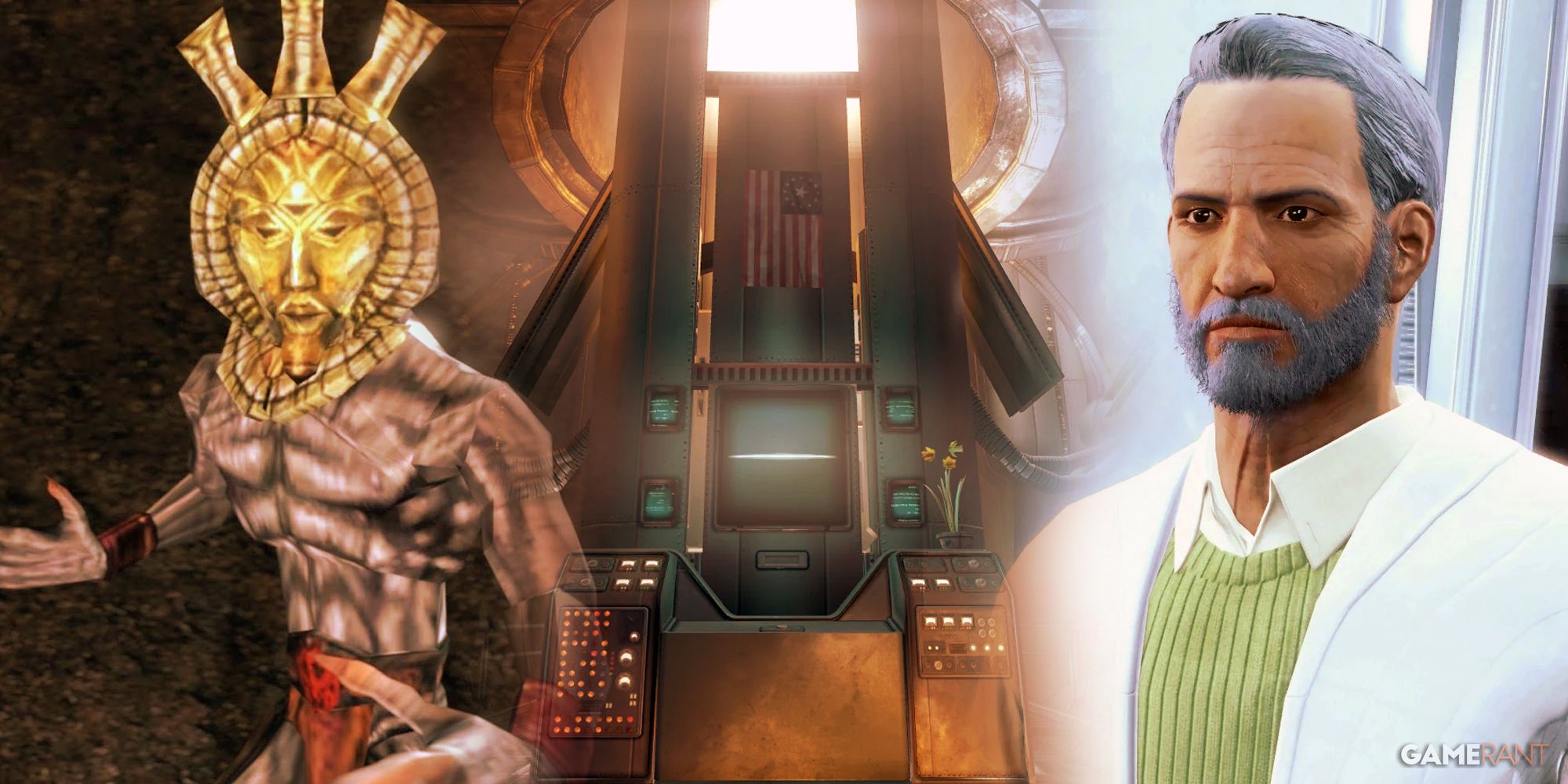
Related
5 Best Bethesda Villains With Heroic Tendencies
Although these Bethesda characters are clearly villains, they do have a few oddly heroic tendencies that set them apart from the rest.
The Legacy of Kain: Soul Reaver sees that happen when he faces a rival vampire named Raziel, who has more than a few reasons to hate him. Turns out, Kain might have killed Raziel’s family, and subjecting him to humiliation doesn’t help their relationship. Raziel spends the rest of the game trying to bring down Kain, even if things get a bit more complicated in the sequels.
2 Mario
The Classic Hero Wasn’t Always So Heroic
Donkey Kong Jr.
- Released
- June 30, 1982
- Genre(s)
- Platformer
Nintendo’s iconic Italian plumber is usually thought of as a hero today, but things were a bit more nuanced in his earlier appearances. Mario first appeared as the protagonist of the 1981 arcade game Donkey Kong, which had a pretty simple setup: Mario has to save his girlfriend, who has been taken hostage by the titular ape. However, while Mario was the player character, the official backstory for the game made Donkey Kong more sympathetic, as it claimed he was merely retaliating against Mario’s abuse.
This idea became the basis for a sequel, Donkey Kong Jr., released a year later. This time, the protagonist was Donkey Kong’s son, who had to free Donkey Kong from Mario. So yes, Mario, who spent so many games freeing damsels in distress, actually once took on the role of captor himself.
1 Soul Of Cinder
When You Become The Final Boss
Dark Souls 3
- Released
- March 24, 2016
- Genre(s)
- Action RPG
The original Dark Souls centered around a hero known as the Chosen Undead, who travels through a dying world in search of the First Flame, which can save it. After dealing with some brutal challenges, the Chosen Undead eventually finds the Flame has to make a choice. Re-igniting the flame is an act of self-sacrifice which restores the world. Extinguishing the flame dooms the world, but allows the hero to survive and rule what remains.
The former choice is recognized as canon in the sequels, and seems like a pretty heroic act. Fast-forward to Dark Souls 3, and a new hero, the Ashen One, is faced with a final boss known as the Soul of Cinder. This could best be described as a kind of spectral amalgamation of everyone who went through the cycle of choosing to re-ignite the first flame; including the Chosen Undead many centuries before.
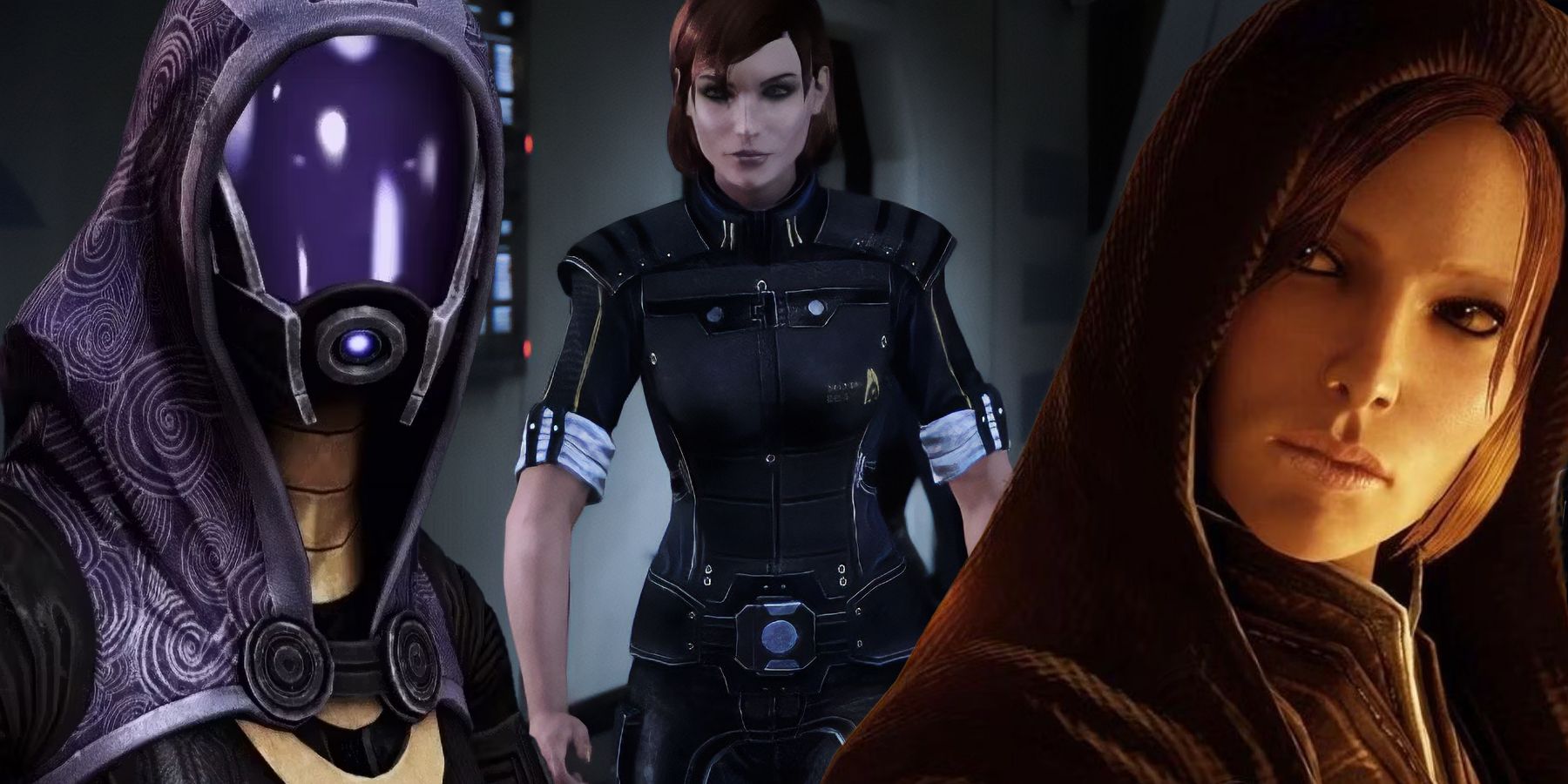
More
13 Best Female Heroes In BioWare Games, Ranked
BioWare has been a master at creating immersive worlds and compelling characters. Here are the most memorable female heroes from them, ranked.


